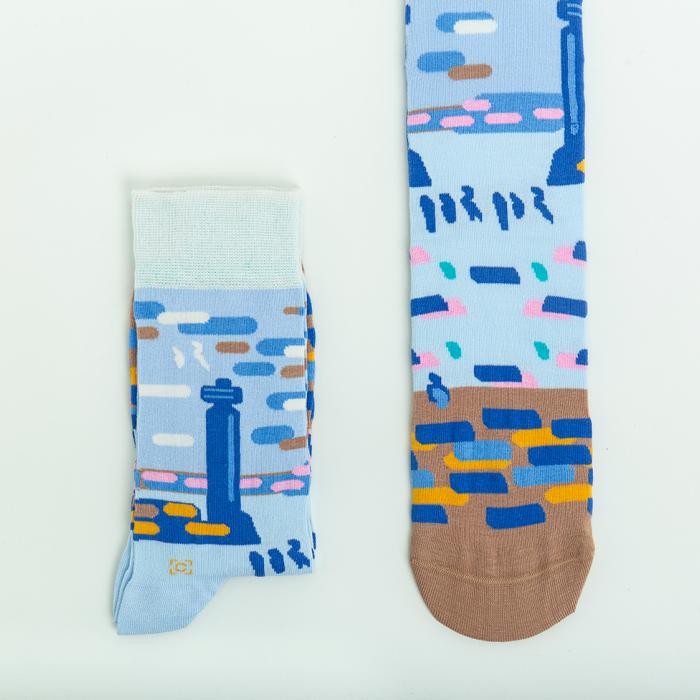If we look closely, rocks tell us the story of their formation. So, grab your notebook and set out on a mini field trip to find out more about how the formation of a rock reflects its physical properties, and what properties architects look for in a building stone.
Museum Trails
If you are visiting the Museum with young children, why not download our Rainbow of Colour trail to print out and bring with you? It will keep the children entertained as they look for all the colourful specimens in the Museum, and they can even use it in the garden or any outdoor space too.
- rainbow_of_colour_trail_.pdf (1.35 MB)
School visits
To book a school visit please visit our webpages which have extensive information about what we can offer your school and how to book.
Browse our workshops by Key Stage
Resources are available for every year group from EYFS to KS5. Check them out here.
KS5 groups may also find our Adult Trails useful.
Home school challenges
The following taught session is offered for KS5 students:
Anthropology, Archaeology and Identity (90 minutes)
This discussion based session examines the relationship between museums and people, as well as current issues with collection, curation and repatriation. Students will learn how the collections come to the Museum and how we navigate the ethics of display and access.
A museum teacher leads the first 45 minutes of the session. Students then independently investigate the galleries and conduct their own object research.
Museum of Me (60 minutes)
What is the role of museums in society? How should museums use objects to represent other cultures? How can objects help construct and display identity? These are some of the questions that frame this cross-cultural gallery-taught session, which combines critical thinking, self-reflection, discussion, looking and object handling activities.
Ancient Maya (90 minutes)
How did the ancient Maya express their identity? What objects did they use to show their power? What can archaeology tell us about Maya life? These are some of the questions we will discuss while students learn how to read a Maya monument and handle objects from Central and South America.
A session tracing life in Britain from the Palaeolithic to the Iron Age. Find out what distinguishes each epoch and how everyday objects changed through time and space. View the Powerpoint
Visit our website for more details and teacher's resources.
How did the ancient Maya express their identity? What objects did they use to show their power? What can archaeology tell us about Maya life? These are some of the questions we will discuss while students learn how to read a Maya monument and handle objects from Central and South America.

